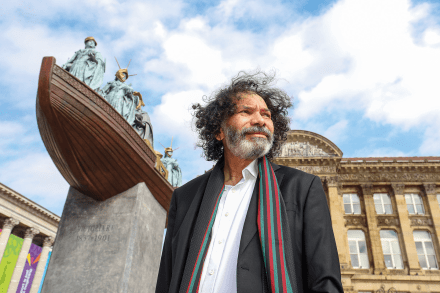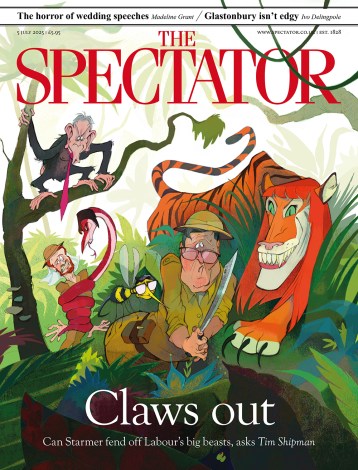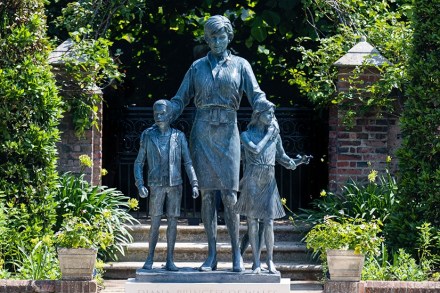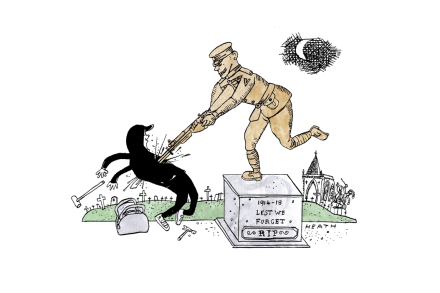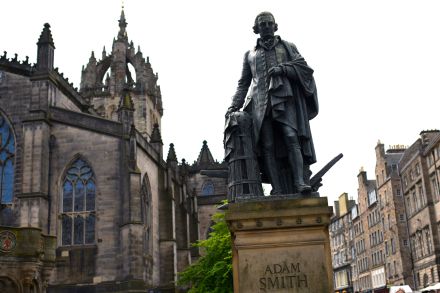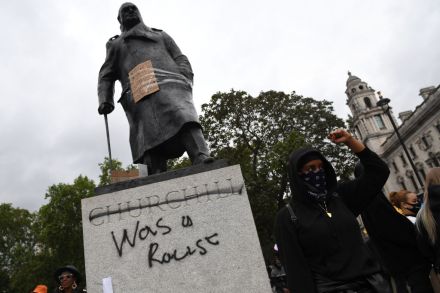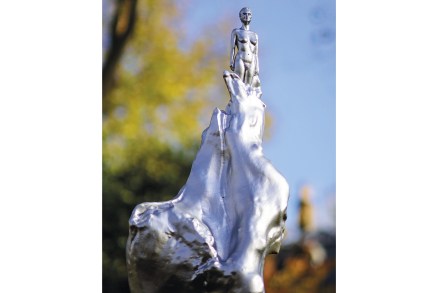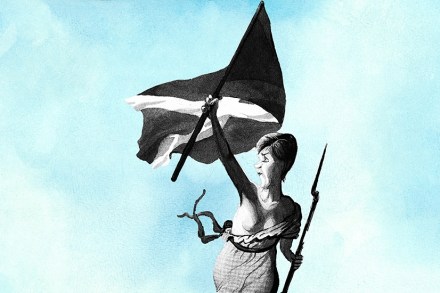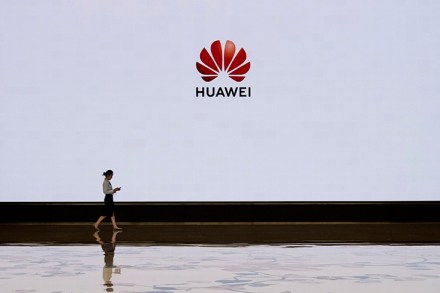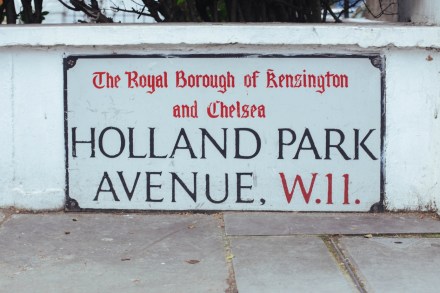Stop tearing down controversial statues, says British-Guyanan artist Hew Locke
When Hew Locke was growing up in Guyana, he would pass by the statue of Queen Victoria in front of Georgetown’s law courts. Henry Richard Hope-Pinker’s 1894 statue had been commissioned to mark the monarch’s golden jubilee, but not long after Guyana became independent from British rule in 1970, the statue was beheaded and the remains thrown into bushes in the botanical gardens. ‘I remember being shocked that such a sacrilegious thing could happen,’ says the Edinburgh-born, Guyana-raised, London-based 62-year-old artist. ‘It set me thinking about what public statues are for. Who are these people? How come we pass by them without noticing every day?’ Half a century later and
